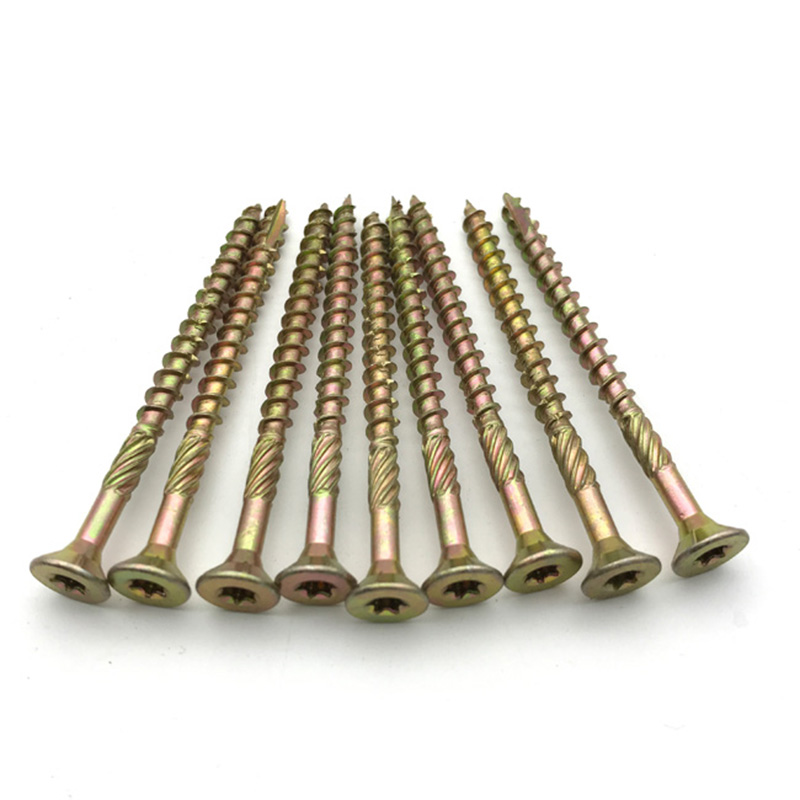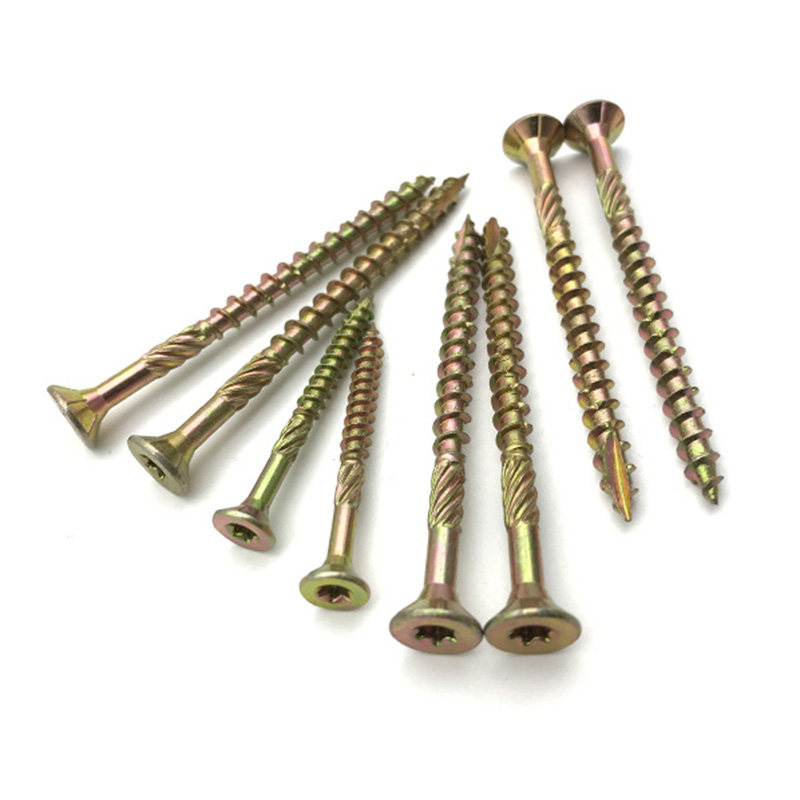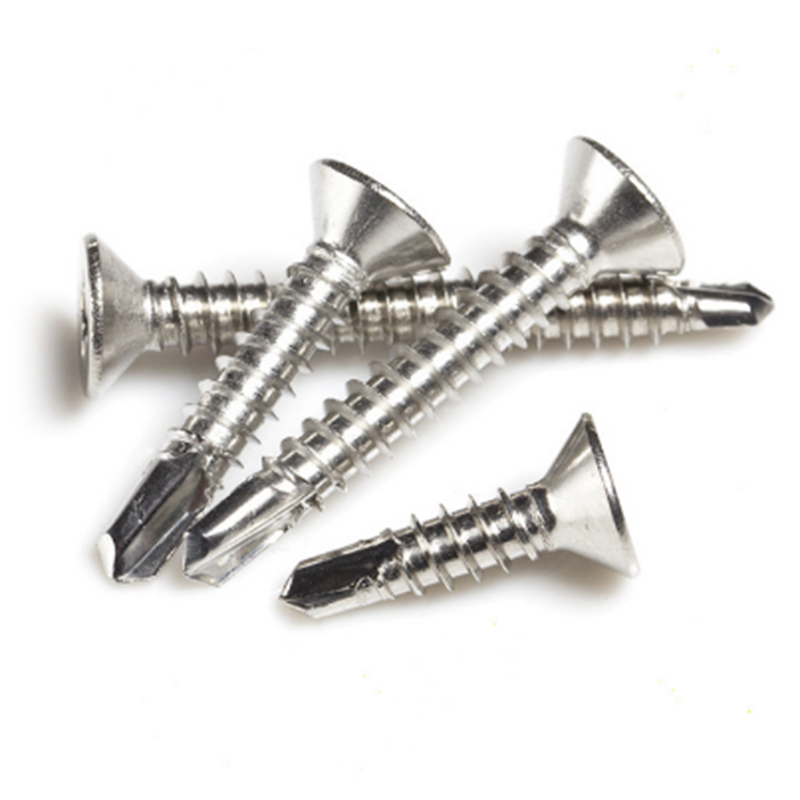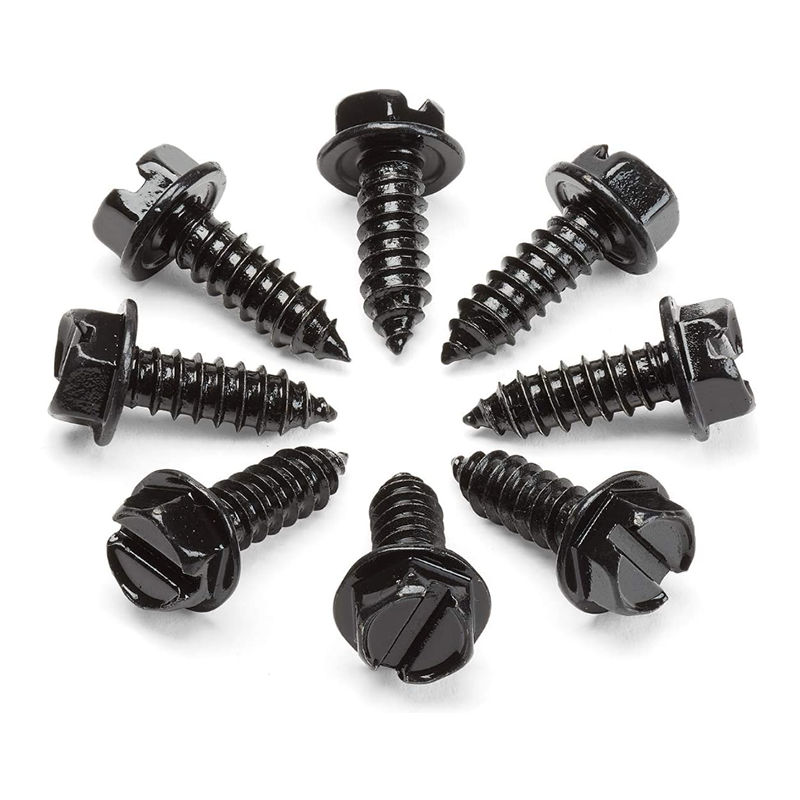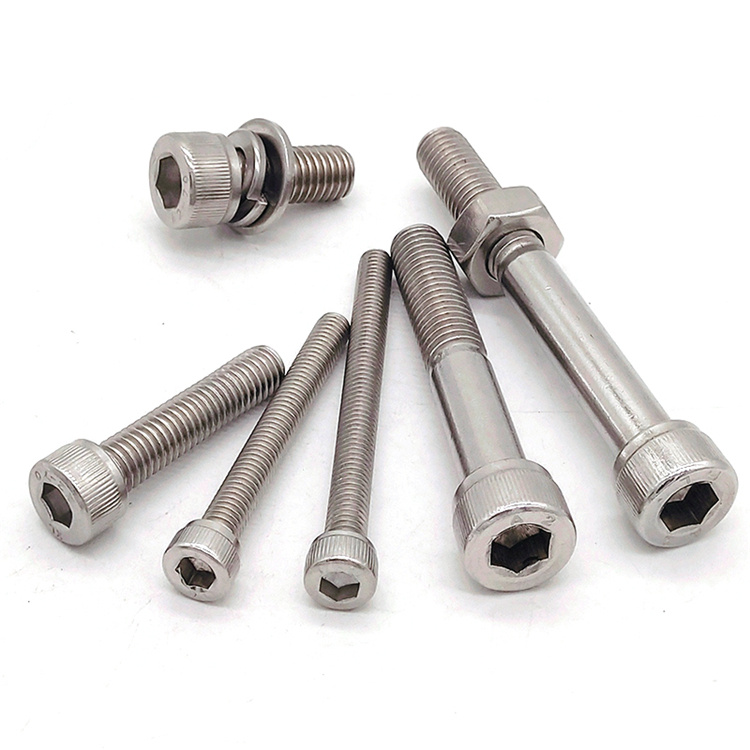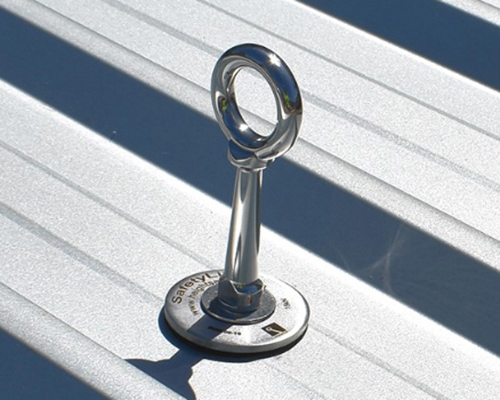residential roof anchor
residential roof anchor
There are different types of non-penetrating roof anchor. Some of the most common include plate, toggle, and screw-in anchors. Plate anchors are typically used on concrete or tile roofs and are attached with screws or bolts. Toggle anchors are also attached with screws or bolts, but they have a toggle mechanism that helps to distribute the load more evenly. Screw-in anchors are screwed into the roof decking material and can be used on most types of roofs.
The different types of residential roof anchors
There are four different types of residential roof anchors: mechanical, chemical, expansion, and lag screw.
Mechanical roof anchors are the most common type of anchor. They work by using a variety of methods to secure the anchor to the roof deck. The most common method is to use nails or screws that are driven into the decking material. Other methods include using clamps, ratchet straps, or turnbuckles.
Chemical roof anchors work by bonding the anchor to the decking material with an adhesive. This type of anchor is typically used in areas where it is not possible to drill into the decking material, such as on tile roofs.
Expansion roof anchors work by expanding once they are inserted into a drilled hole in the decking material.
How to maintain a residential roof anchor
It is important to regularly inspect and maintain your residential roof anchor to ensure the safety of your home. Here are some tips on how to do so:
1. Check the condition of your roof anchor and make sure it is securely attached to your roof.
2. Make sure that there is no rust or damage on the anchor or its components.
3. Inspect the area around the anchor for any loose debris or potential hazards.
4. If you notice any issues, contact a professional roofing contractor to have the anchor repaired or replaced.
5. Be sure to follow all manufacturer’s instructions when inspecting and maintaining your roof anchor.
6. Regularly check your home’s insurance policy to make sure that it covers damage caused by a faulty roof anchor.



 0086 311-66105793
0086 311-66105793
 15076176199
15076176199






